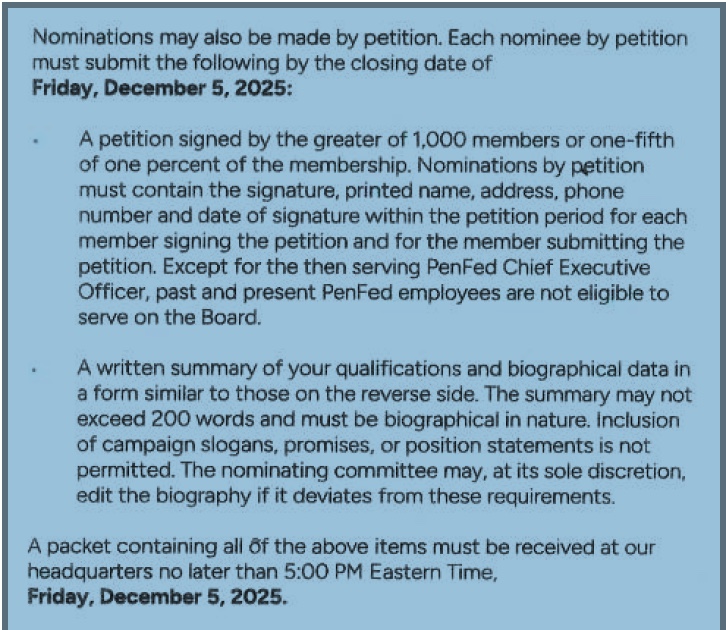Credit unions are stewards for vital member owned assets: shares and their loan IOU’s. Both are critical in any member’s financial life. Wise deployment of members’ funds is critical to their confidence and an institution’s reptation.
Cooperative stewardship has many aspects beyond financial soundness. A failure in any of these responsibilities, whether big or small, can create cracks in the foundation of member-owner trust.
Market events this past week raise important questions on two initiatives that are central to some credit unions’ strategic priorities. The first is out of market mergers/acquisitions for growth. The second is offering to assist members purchase of digital assets, for a fee, as an extension of the credit union’s service profile.
Entering Far Away Markets
As local merger opportunities become less available, credit unions have increasingly sought acquisitions far beyond their core markets. These involve out of state mergers where there is no prior connection by occupation, sponsor or other affinity. The continuing credit union brings no prior market recognition.
Sometimes these out of area mergers result in the jettisoning of all prior local relationships and branding legacies for both institutions. (link) A complete makeover of market positioning is necessary for the surivor in both its old and new markets. This can sacrifice generations of member goodwill, attention and loyalty.
Last week a major regional bank pushed back against this opened-ended territorial expansion in a presentation to his banking peers. The story was reported in the Daily Banking Dive on November 7: M&T eschews the temptation of national presence. It reads in part:
The Buffalo, New York-based lender remains focused on dominance in its current markets, said CEO René Jones, expressing some doubt that banks can perform at optimal levels as they expand.
“The most active bank merger-and-acquisition environment in years has lenders chasing scale in far-flung areas of the country. But regional bank M&T is taking a different tack. . .
The $211 billion-asset bank has about $162.7 billion in deposits and 960 branches across 13 states from Maine to Virginia. Jones, for his part, seemed to cast doubt on banks’ ability to execute at the same level as their footprint expands.
“As you get further and further away from home and [add] more geographies, I think the management challenge goes up, because you’re really an organization that is built around culture, and cultural norms, some of which are documented, many of which are not.”
“Having enough people to deploy across that kind of a geography, who will make the same decisions that you make, I think, becomes more and more challenged as you get larger,
He acknowledged buzz around national scale, “but the question is, what is your reputation and the awareness and how well you do your job for those people that you concentrate on?”
“We’ve decided not to be a national bank, so we better be focused on achieving our goal where we are.” He added. “Mergers of equals “don’t make sense.”
The article has further M&T history. But he is taking a public strategic position that is at odds with many of his peers, industry consultants and forecasters of banking’s future.
Is there a message for credit unions from his experience and performance? For credit unions, what is the track record of member benefit with out-of-area acquisitions? How do such efforts help the surviving credit unions member-ownes?
Facilitating the Sale of Crypto Assets to Members
Offering members the ability to invest in digital assets in partnership with third parties has become a front line service extensions for an increasing number of credit unions.
This past week the value of bitcoin declined about 15% from its peak. This has resulted in sharp declines in the stock of firms holding significant crypto assets (sometimes called treasury- companies). These stock traded firms buy bitcoin or other crypto currencies intending to benefit from the increasing investment hype in these new assets.Their value proposition is to provide consumers indirect exposure to these assets without the hassle of direct ownership.
The market leader in this effort is the company Strategy. Here is the November 9th Wall Street Journal story about the performance of these indirect crypto investments so far this year: The Year’s Hottest Crypto Trade Is Crumbling.
It describes hownthe recent market selloff in bitcoin and other digital tokens has hit these crypto-treasury company stocks . It provides multiple examples of price declines of over 30% in one month. It documents how ”the hottest crypto trade has turned cold” gives multiple examples of wealthy individual investors and companies who have lost money.
These October events have caused some to reiterate their skepticism of crypto as a store of value. With no performance or use, it is pure market speculation. While true believers say this is a “buying opportunity” asserting “bitcoin is on sale.”
The Wisdom of Crowds or the Greater Fool Theory of Speculators?
The Trump administration is certainly crypto-friendly. There are numerous efforts to bring crypto into the financial mainstream as a “routine” financial investment.
But should credit unions be facilitating diect or indirect transactions at this very uncertain point in the future of alternative currencies? The fees can be attractive when members both buy and sell. The credit union would seem to have little to no risk exposure in the traditional understanding of that term. The payment is in cash and a third party offers and holds the asset.
But is it wise for the members whom the movement was formed to serve? Credit unions present themselves as expert in many areas of a member’s financial life. They offer through third parties, or CUSO’s, insurance products, mutual funds and stocks, and financial advice, planning and consultation.
Crypto as a financial assetand has a vary different character than other currency assets. The coins are offered via third parties (not governments-yet). Some stable-asset coins are in theory backed by government issued currency or bonds. But the oversight of this structure is unclear.
Yes, members can go elsewhere to purchase crypto assets directly or via EFT’s or “treasury company’s” stocks.
But I know of no one recommending that a large part of a person’s savings be put in crypto. The future value is a gamble. All of he experience so far is at best erratic and uncertain, exuberance followed by quick periods of decline. Crypto based options appears to be speculation, not an asset of proven value.
The Efficacy of NO
Sometimes the best response a credit union can give a member request is No. We don’t believe the member’s request for a loan for a specific car, or selling lottery tickets or crypto is a wise decision for our member(s).
Oftentimes we recall persons in institutions that said No to us. Especially when we wanted something strongly. Even though it is hard to understand the No, later we realize it was a decision made for mutual interest-yours and the institution’s reputation. I believe in time, we remember and respect these moments of wiser concern than what we can grasp, at the time, on our own.
The Wisdom No
The market is saying something important in both of these recent examples. Are we willing to examine other’s judgments, not just take our own counsel?
For our purpose is to be wise stewards of our members’ financial well being through example and deed. And not simply join a herd heading to who knows where in the future.



